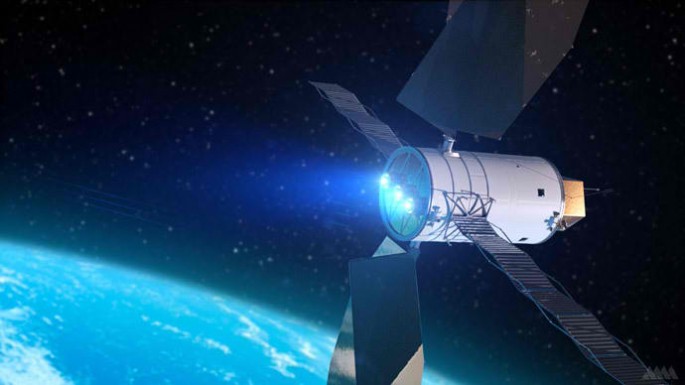NASA has found a way to fulfill Mars missions in a less costly method. Solar electric propulsion (SEP) will be the answer and it is more like Tesla's spacecrafts.
SEP's main advantage is its engine, Business Insider reported. It makes use of 10 times less propellant power than all other typical chemically-based propellants. Its power will come from the solar arrays which unfurl right after the launch. The solar energy is converted into electricity in order to power its thrusters and all other scientific equipments on board.
The conversion of the solar power will mean that the spacecraft will not be weighed down with tons of propellant work. This is a critical modification because the spacecraft could be loaded with more payload in replacement of the typical propellant power consumption. Aside from that, cheaper and smaller launch vehicles will, by then, be able to traverse space already.
NASA's SEP project is in its process of developing breakthrough technologies to make Mars and asteroid across the solar system trips as cost-effective as possible. Along with these, SEP is also vying to support varying commercial spaceflight missions, boosting their power across a wide array of low-Earth orbit missions, NASA wrote.
During the Humans to Mars Summit held in Washington D.C., Space Technology Mission Directorate associate administrator James Reuther said that either way, an SEP will make the mission more efficient.
The SEP project is under NASA's Glenn Research Center located in Cleveland, Ohio. It is bound to undergo space flight-testing later this decade. Though NASA is experimenting with SEP at present, it is still not in the power level that is sufficient to travel to Mars.



























